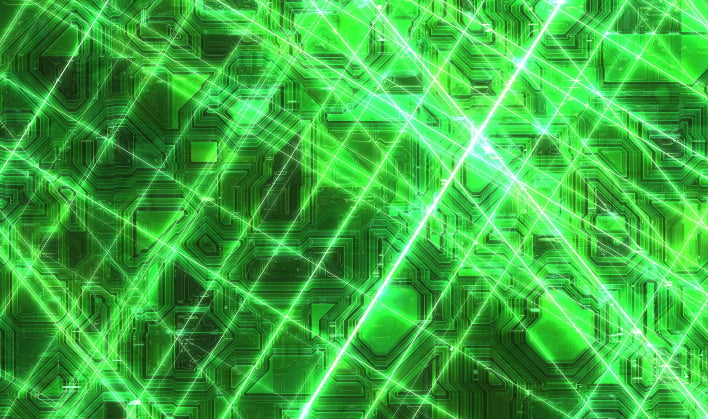Laser Beam Breakthrough Holds Key To True Wireless Charging At Distances Of Nearly 100 Feet

Pretty much everyone has encountered a moment where their mobile device has run low on battery power and struggled trying to find a way to juice it back up. Now, imagine walking into an airport or local restaurant and finding out that your smartphone automatically begins to charge via laser technology. Researchers are trying to make that a reality with a new wireless laser charging system.
"The ability to power devices wirelessly could eliminate the need to carry power cables for our phones or tablets," remarked research team leader Jinyong Ha from Sejong University in South Korea. "It could also power various sensors such as those in Internet of Things (IoT) devices and sensors used for monitoring processes in manufacturing plants."

"While most other approaches require the receiving device to be in a special charging cradle or to be a stationary, distributed laser charging enables self-alignment without tracking processes as long as the transmitter and receiver are in the line of sight of each other," commented Ha. "It also automatically shifts to a safe low power delivery mode if an object or a person blocks the line of sight."
The new laser technology works in a similar fashion to a traditional laser. Instead of the optical components of the laser cavity being integrated into one device, however, they are separated into a receiver and transmitter. A laser cavity is formed between the transmitter and receiver, when both are in line of sight. This allows the system to deliver light-based power. If something happens to break the line of sight, the system automatically switches to a power-safe mode, thus providing "hazard-free power delivery in the air."
"Using the laser charging system to replace power cords in factories could save on maintenance and replacement costs," added Ha. "This could be particularly useful in harsh environments where electrical connections can cause interference or pose a fire hazard."

